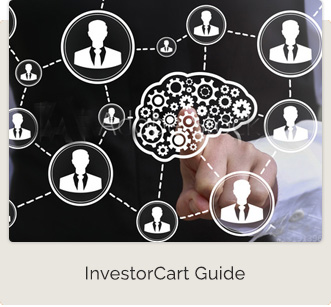Merger or amalgamation may take two forms: merger through absorption or merger through consolidation. Mergers can also be classified into three types from an economic perspective depending on the business combinations, whether in the same industry or not, into horizontal ( two firms are in the same industry), vertical (at different production stages or value chain) and conglomerate (unrelated industries). From a legal perspective, there are different types of mergers like short form merger, statutory merger, subsidiary merger and merger of equals.
There is always synergy value created by the joining or merger of two companies. The synergy value can be seen either through the Revenues (higher revenues), Expenses (lowering of expenses) or the cost of capital (lowering of overall cost of capital).
Some of the benefits of M&A deals have to do with efficiencies and others have to do with capabilities, such as:
Although mergers and acquisitions are expensive undertakings, there are potential rewards. And there are disadvantages, or reasons not to purchase an acquisition, including:
Case Study 1: Sun Pharmaceuticals acquires Ranbaxy:
The deal has been completed: The companies have got the approval of merger from different authorities.
This is a classic example of a share swap deal. As per the deal, Ranbaxy shareholders will get four shares of Sun Pharma for every five shares held by them, leading to 16.4% dilution in the equity capital of Sun Pharma (total equity value
is USD3.2bn and the deal size is USD4bn (valuing Ranbaxy at 2.2 times last 12 months sales).
Reason for the acquisition: This is a good acquisition for Sun Pharma as it will help the company to fill in its therapeutic gaps in the US, get better access to emerging markets and also strengthen its presence in the domestic market. Sun Pharma will also become the number one generic company in the dermatology space.
(currently in the third position in US) through this merger.
This acquisition although will take time to consolidate, it should in due course start showing results through overall growth depicted in Sun Pharma’s top-line and bottom-line reporting.

As a business owner you probably ask yourself this all the time. Some people are just curious what their business is worth, some need a formal valuation and some people are considering selling their business.

Indian Automobile Industry facing a tough time
Automobile industry facing a tough time as vehicle demand is sluggish.
Valuations of companies on the lower end...

We’re here to help you work more efficiently
Our solutions help you navigate deal data quickly and easily –
whether you're new to deal information or an expert researcher.

We have been amazed with the integrity of this company and their service to the investors. Our experience with InvestorCart has been great. We will continue to invest as the opportunities continue with great properties. Thank you InvestorCart.

Rajesh Sharma
I have been investing with InvestorCart for many years, I have never had a bad experience. On the few occasions that there has been a problem with an investment, the team at InvestorCart work directly until the issue is resolved...

Mohit Kumar
Great company to work with and fast turnaround with questions and paperwork! I have turned down several investment companies over the years but have been thoroughly impressed with InvestorCart and hope to invest with them for years to come.

Jatinder Jain
Very friendly staff, everyone is efficient, polite and knowledgeable
and go that little bit further than others. The little things that
make a big difference are what you notice.

Rohit Goyal
What is a Business Profile?
A “business profile” also called a “sell side profile” can be
any of the following:
Business for sale,
Business offering a stake sale,
Business seeking capital,
Business seeking a loan,
Business seeking Joint Venture partners,
Business asset for sale
Why should I disclose my business' name?
All profiles on InvestorCart are verified and hence we need to make sure that the business exists. Business' name is not publicly disclosed on InvestorCart. Registered Advisors need not enter their client's name and instead, use their company's name along with a project name.